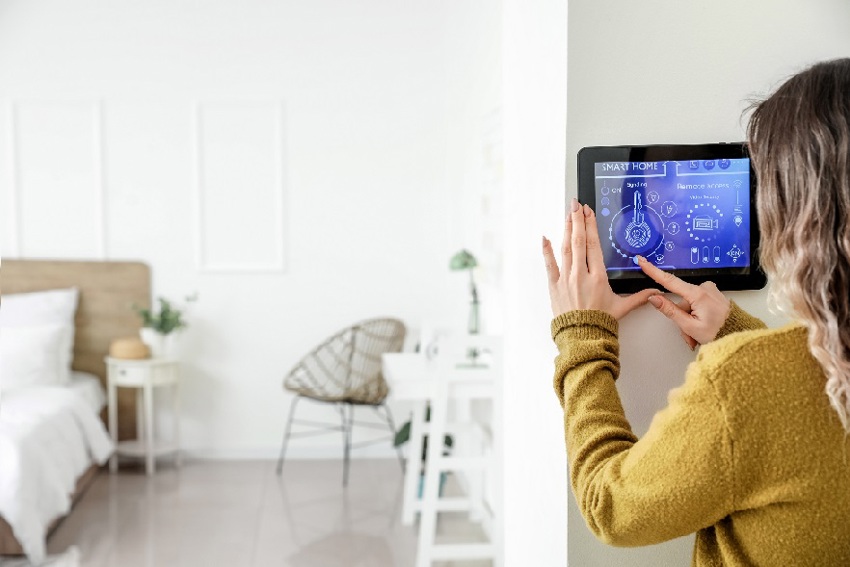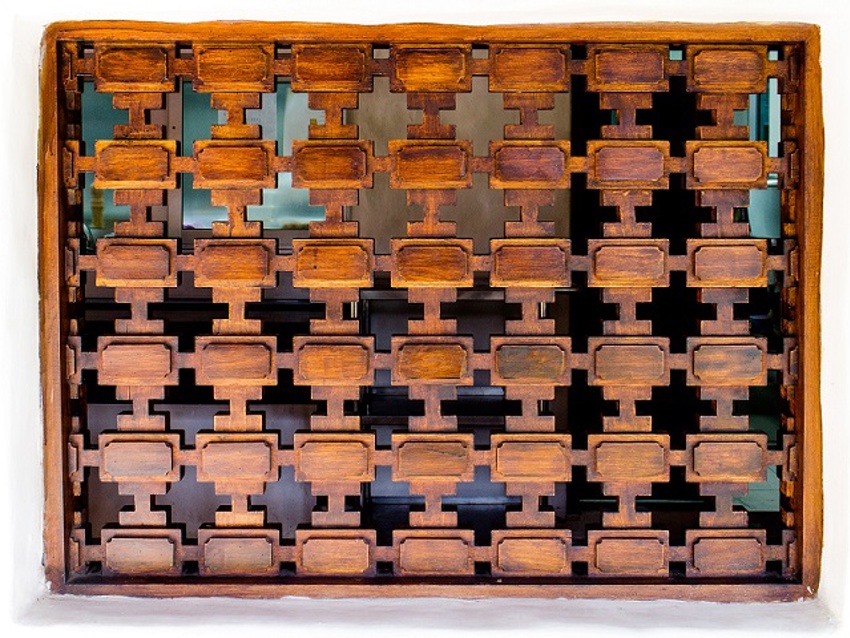Intelligent climate control system
Controlling the indoor climate via sensors — for greater comfort and better energy efficiency.

Controlling indoor climate via sensors
The indoor climate has a significant influence on people´s well-being in the buildings. Since we all perceive our environment differently, we need to create conditions that most people feel good about.
The indoor climate in buildings is controlled by a complex system called HVACR (heating, ventilation, air-conditioning and refrigeration). The HVACR system has many components, but one of the most important ones is all about indoor climate control through the use of sensors.
The method is simple, however the technology is not
Method
- When the room is occupied, the comfort of its users drives how the climate is controlled; when it is not in use, energy efficiency is at the forefront.
Technology
- Indoor climate is monitored, optimised with sensors and individually selectable settings.


Smart buildings to the rescue
A smart building is for sure energy-efficient, full of sensors & data collection and fully controllable. It can responds to human-driven requirements & needs based on data collected and used to ensure a good indoor climate in buildings. Are the wireless compoments in buildings our future? Or there is still need for cables? What are challenges and potentials with going wireless in buildings?

"A rational calculation of heating and air-conditioning systems must begin with the conditions for comfort."
— P.O. Fanger
Temperature, humidity, CO2 concentration and more
The control system based on the input parameters is simple. When a specific parameter (for example, an increase in temperature and/or relative humidity) gets above the requirement (usually based on the values from building standards), the sensor gives input to the HVAC system that handles the regulation of the indoor climate in the building.
Apart from indoor temperature and indoor relative humidity, the CO2 concentration is the most important indicator for the quality of indoor air.
- The CO2 content of the indoor air increases with the number of people and duration of their stay as well as the intensity of their physical activities.
- The higher the CO2 load in the room, the more fresh air the controller demands.
Note that today we also use other more advanced sensors, such as VOCs, etc.

How to optimize building systems? Focus on energy savings and indoor environment
We can lower energy consumption in buildings in a good way without compromising comfort of people. Using various control parameters — especially for the HVAC system — such as airflow, operating time, demand control and temperature are essential to optimize the running of the whole building system and deliver a good indoor climate. And indoor environment sensors (temperature/humidity, CO2, VOCs, etc.) play a huge part in providing the right environment for buildings occupant.
Read more from other sources
Indoor climate means that the control of indoor environmental conditions must be used when planning/designing/operating buildings. This means that air quality and thermal comfort must be controlled, such as; temperature, humidity, CO2 and air movement in the room, and other parameters.Anonymous